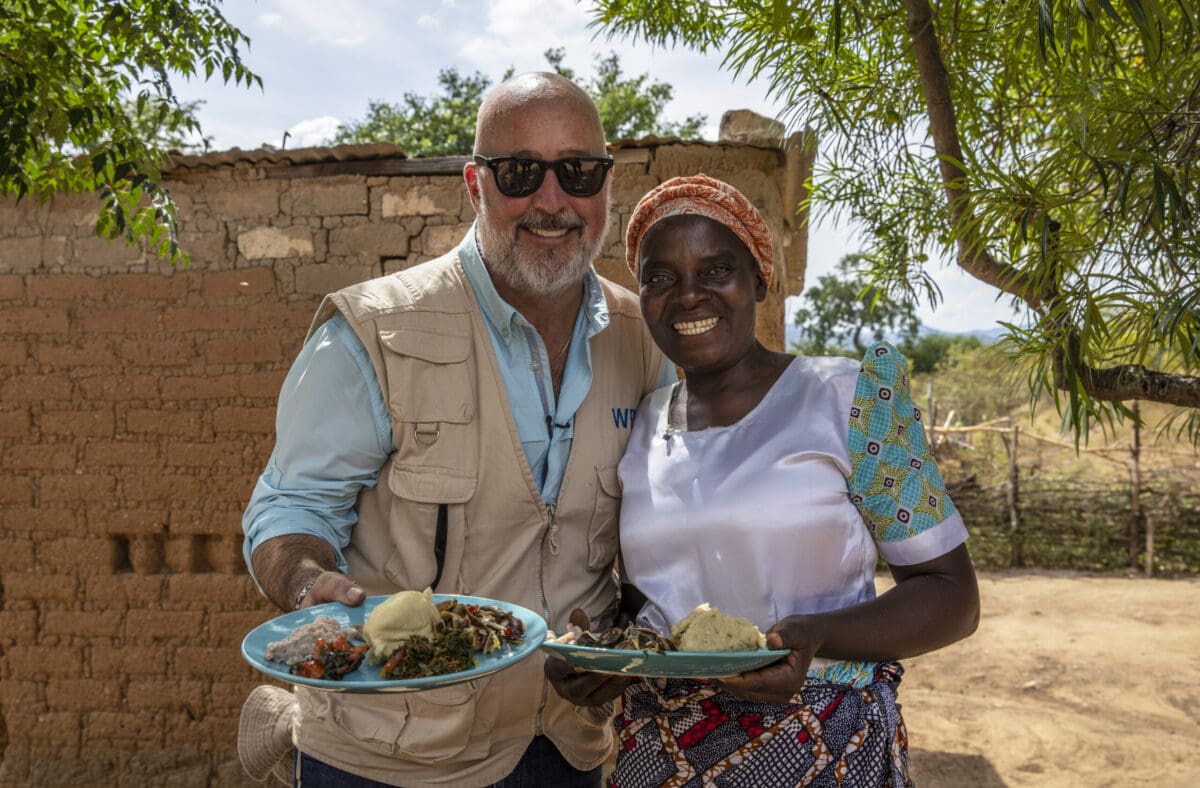
ANDREW ZIMMERN
VISITS ZAMBIA
In April, Andrew Zimmern took his first trip as a WFP Goodwill Ambassador. He traveled to Zambia to meet the people WFP serves.
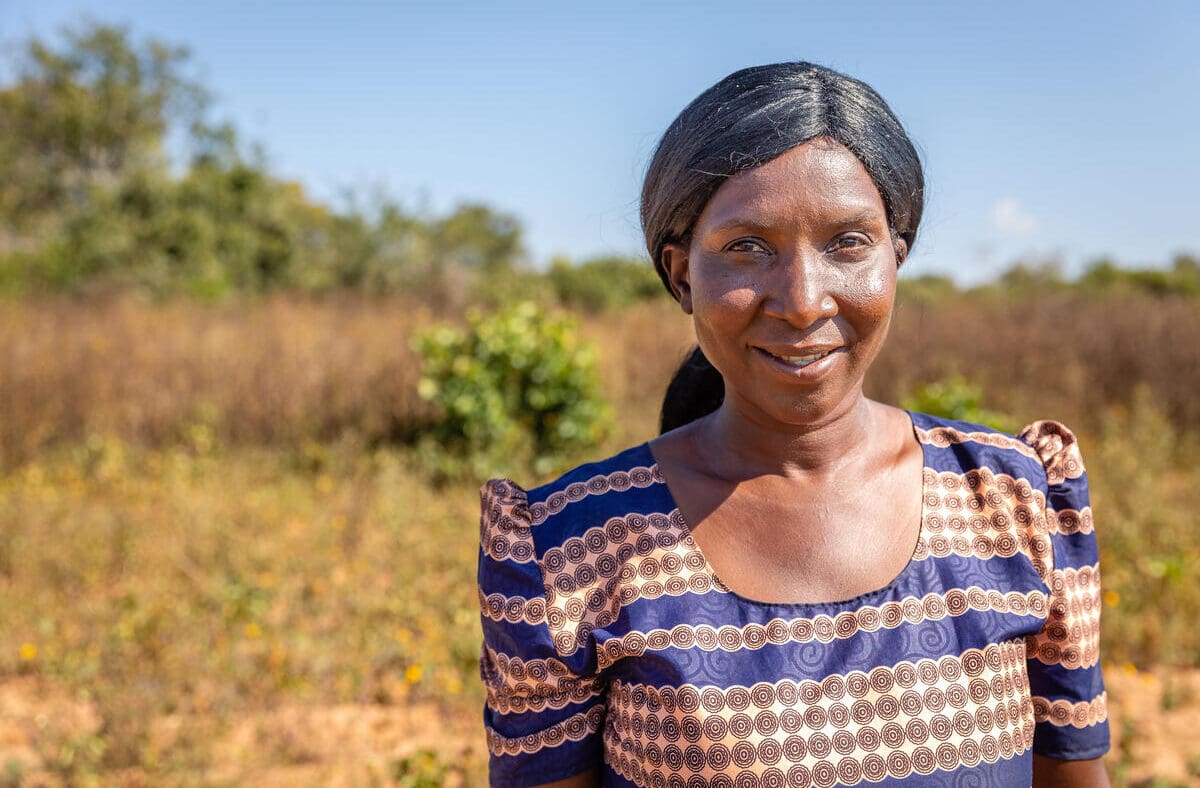
ZAMBIA
HELP FARMERS
FIGHT HUNGER
Drought, floods, poverty and economic shocks are driving hunger in Zambia. WFP provides over 400,000 people with lifesaving assistance, including small-scale farmers who face the relentless impacts of recurring droughts.
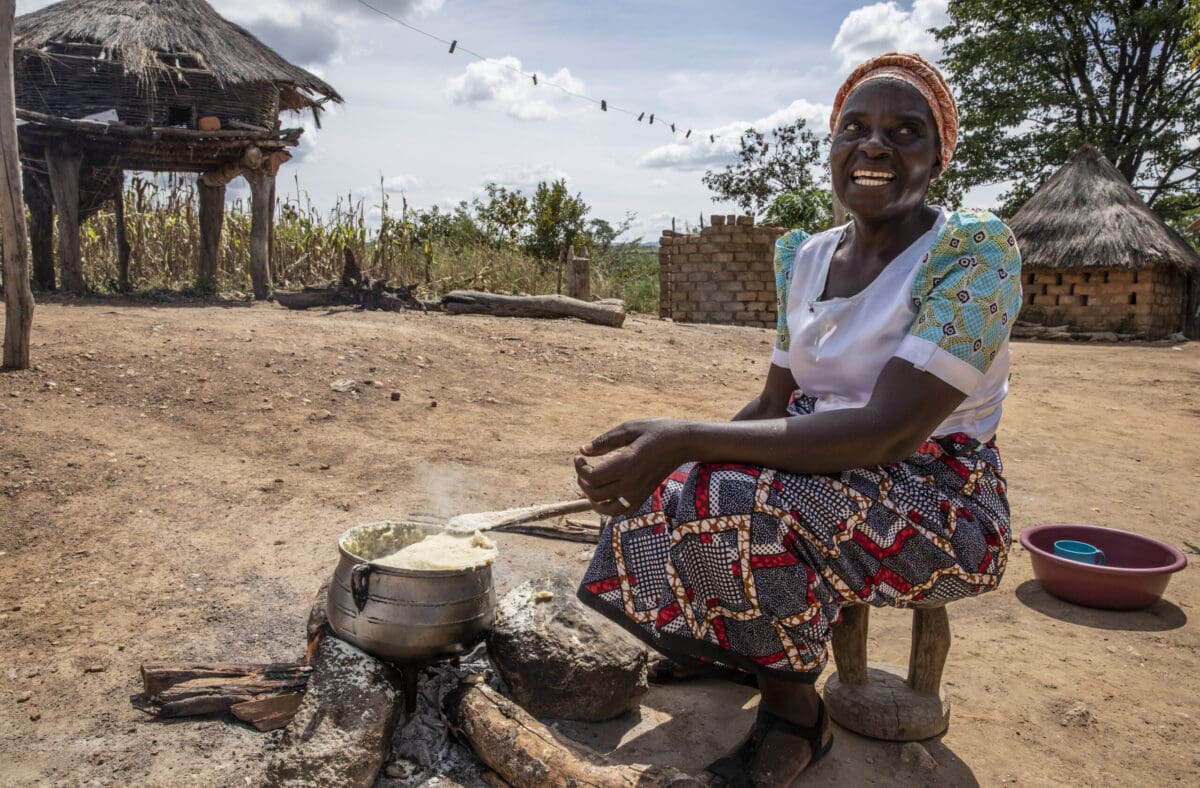
NEW EPISODE:
PAVING THE WAY TO
ZERO HUNGER
In the latest episode of the Paving the Way to Zero Hunger series, WFP Goodwill Ambassador Andrew Zimmern meets Priscilla, a small-scale farmer who – with WFP’s help – has been coping with persistent drought.
Over the last decade, Zambia has experienced the devastating impacts of the climate crisis. Prolonged dry spells, extreme high temperatures and floods have undermined people’s food security – especially small-scale farmers.
More than half of Zambia’s population lives below the poverty line
Small-scale farmers produce up to 90% of food in Zambia
In 2022, WFP reached 415,000 people with food assistance
Paving the Way to Zero Hunger
U.N. World Food Programme Goodwill Ambassador Andrew Zimmern traveled to Zambia to learn how the climate crisis is impacting the country’s food systems.
Meet the People We Serve in Zambia
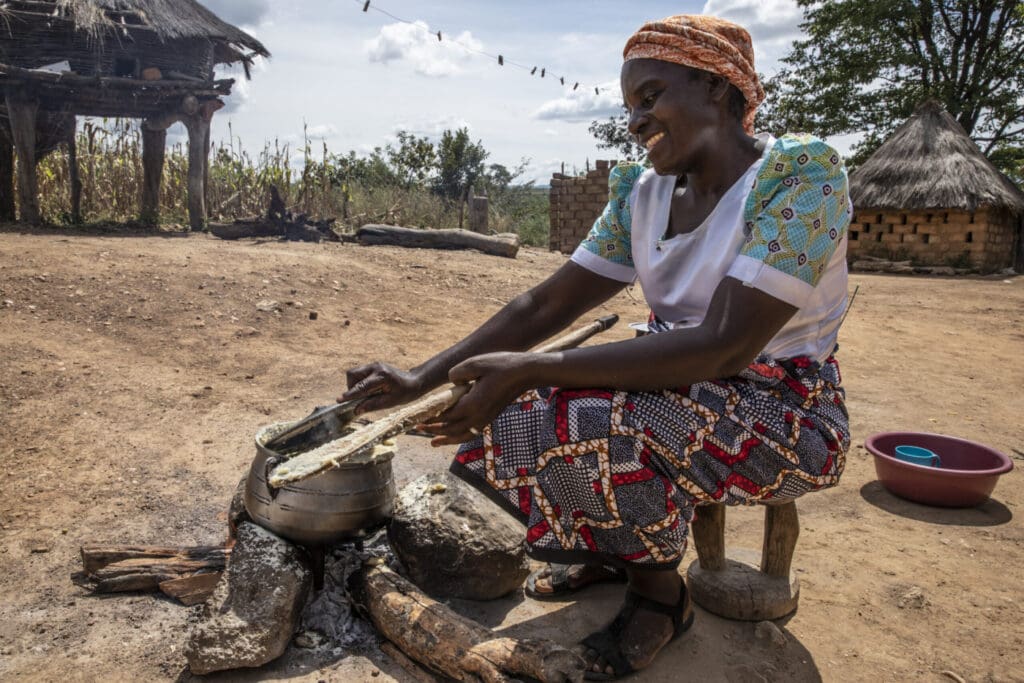
Priscilla, a 48-year-old farmer with seven children, lives in the rural Gwembe District – one of the driest areas in southern Zambia. The latest rainy season was so dry that her entire crop of cowpeas could not be harvested. “I’m not too worried that my (cowpeas) crop failed,” explained Priscilla. “WFP has helped us diversify so I have backup crops like sorghum, sunflower, peanuts and corn.”
Crop diversification means farmers are protected and can still feed their families when one crop fails. Moreover, with air-tight bags, Priscilla can store this food for long periods of time. What her family doesn’t eat, they can sell at their local market for cash.
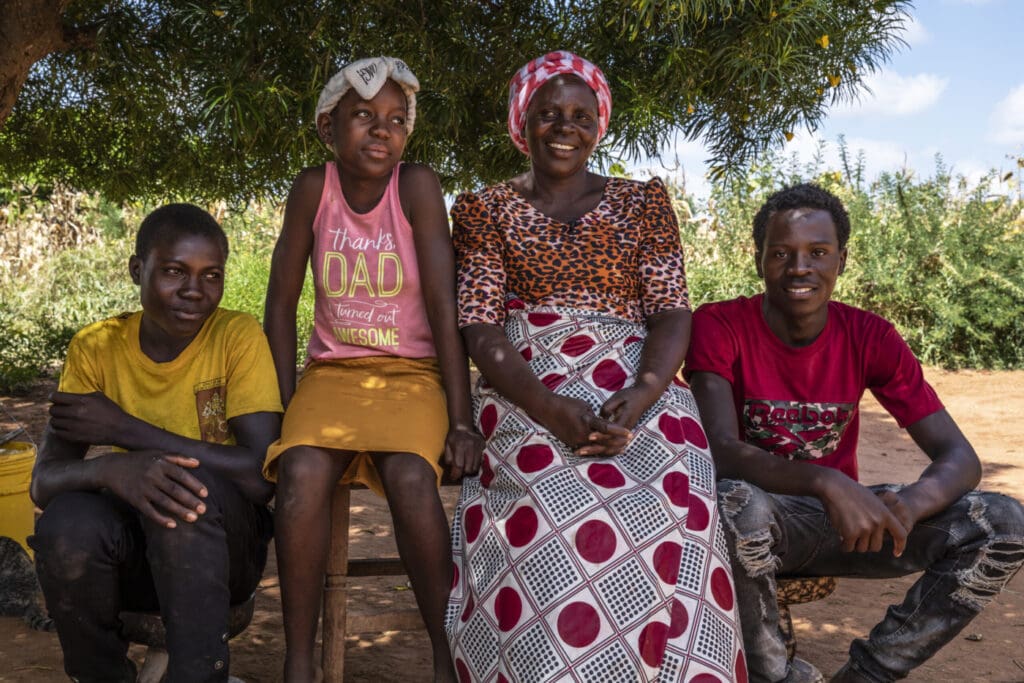
Agriculture fuels the local economy in the Monze District, and people depend on rain-fed crops to survive. However, the region is prone erratic rain and frequent dry spells which have meant decades of hunger for farmers. For Emeldah, a single mom and farmer in Monze, 2017 was a turning point. Through a local farmers club, supported by the U.N. World Food Programme, she received the training and resources she needed to diversify her crops. “I have white and orange corn, cowpeas, groundnuts and sunflowers,” said Emeldah.
Emeldah also started a business selling food made out of her crops, including cowpea sausages and soybean cakes. She is saving up to one day open her own restaurant.
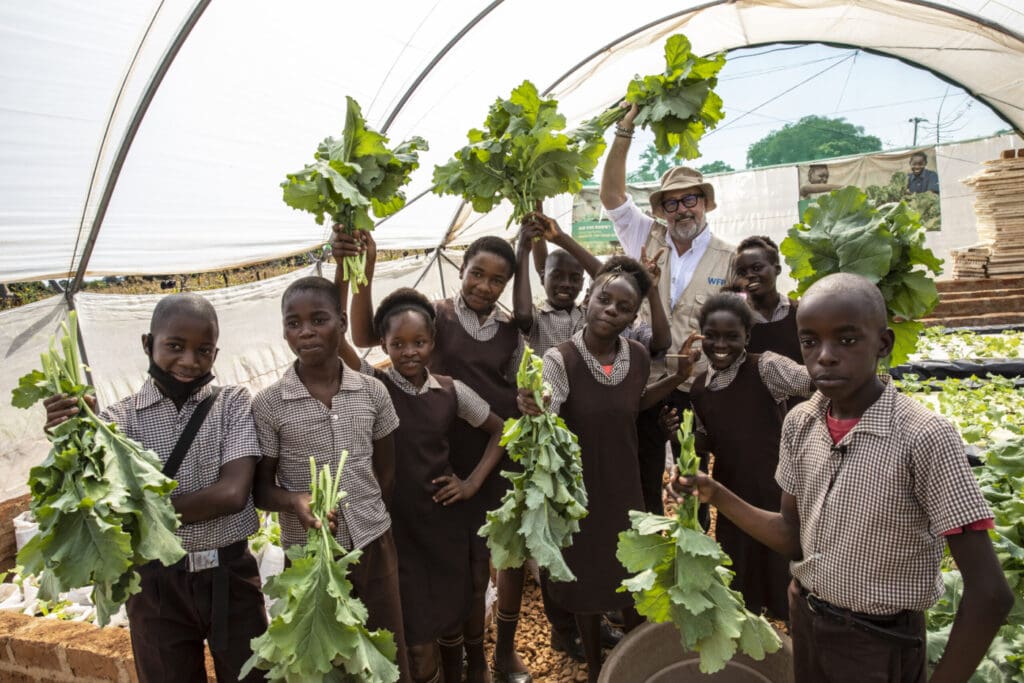
In January 2021, the U.N. World Food Programme built a hydroponics greenhouse at Gwembe Primary School to supplement school meals and improve students’ health, nutrition and education. Since the first harvest of vegetables in February 2021, the school has produced nearly 2,000 pounds of vegetables. The greenhouse is now run entirely by the students.
With hydroponics, communities can grow food with a limited amount of water. For a drought-prone region, this innovation is vital to ensuring schoolchildren have the food they need to focus on their studies.
WFP’s Work in zambia
The U.N. World Food Programme has been present in Zambia since 1967. From emergency food assistance to climate-smart agriculture to hydroponics for school meals programs, the U.N. World Food Programme helps the people of Zambia to fight hunger and build long-term food security.

WFP provides cash and food
assistance to refugees and asylum seekers at the
Mantapala Refugee Settlement.

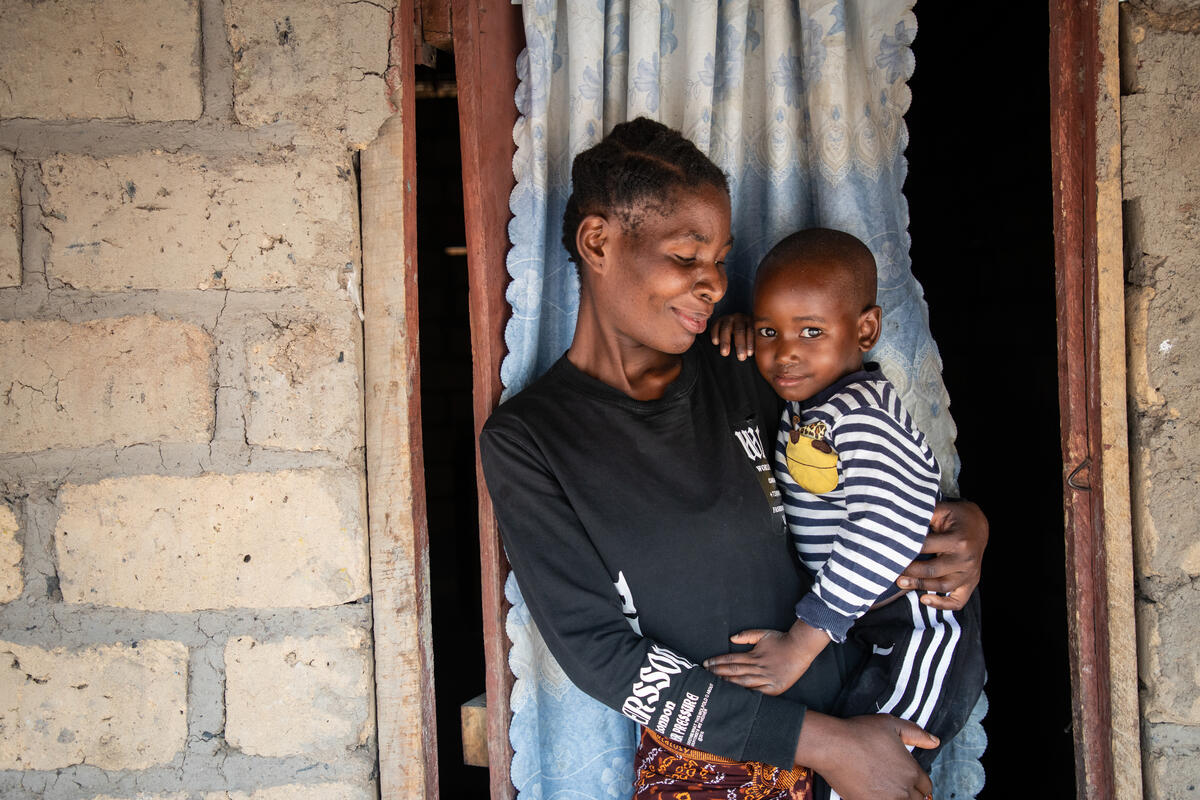
WFP holds nutrition trainings for women on food diversity for improved nutrition and water, sanitation, and hygiene.


To help farmers build resilience, WFP equips them with tools, seeds, climate information and access to markets.


WFP supports Zambia’s homegrown school meals programs to ensure children have nutritious food to eat every day.

SEnD FOOD TO SAVE LIVES
Donate now to deliver food to people experiencing severe hunger in countries like Zambia.
what’s happening in Zambia
Read the latest stories and updates from Zambia.


